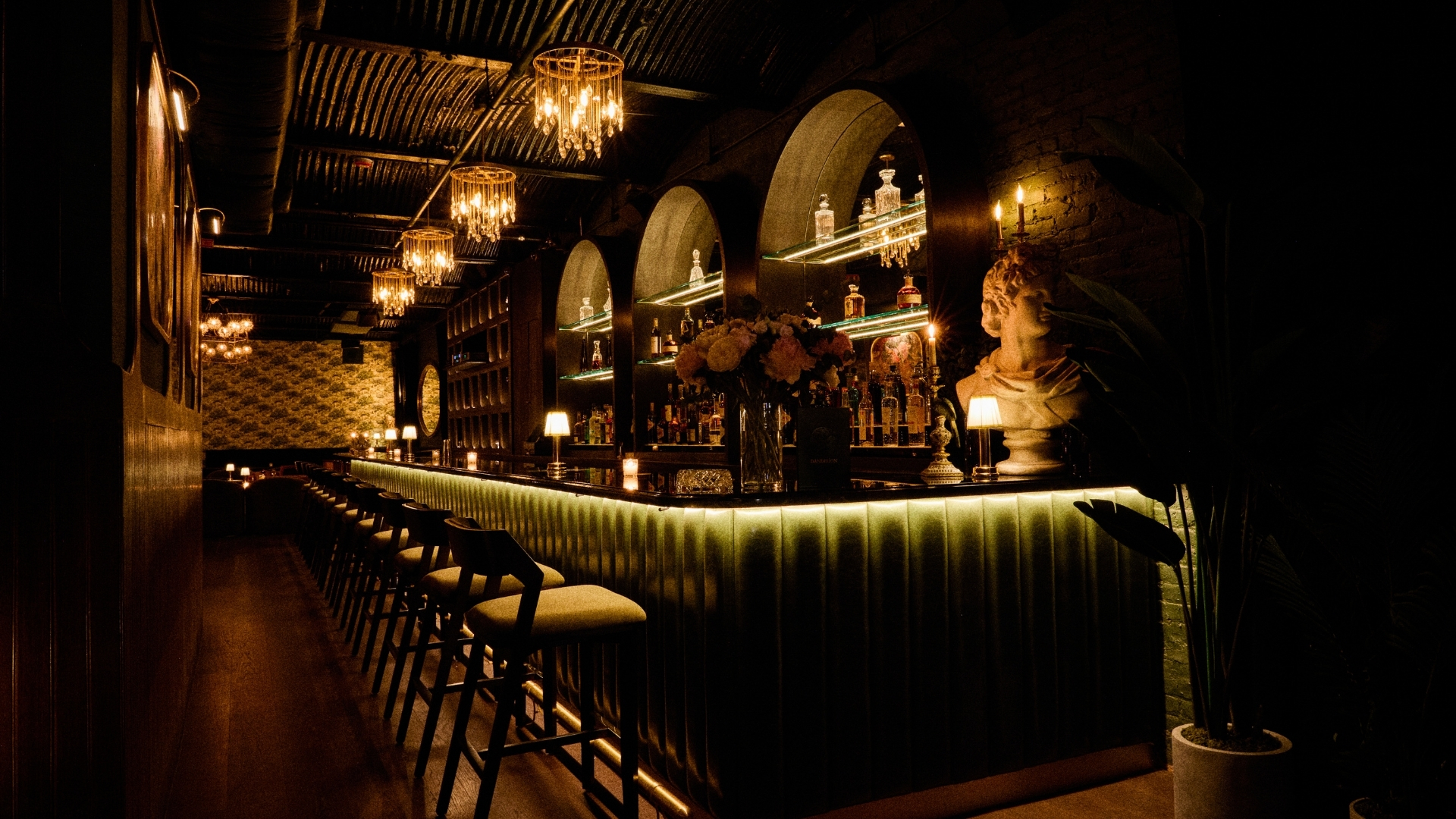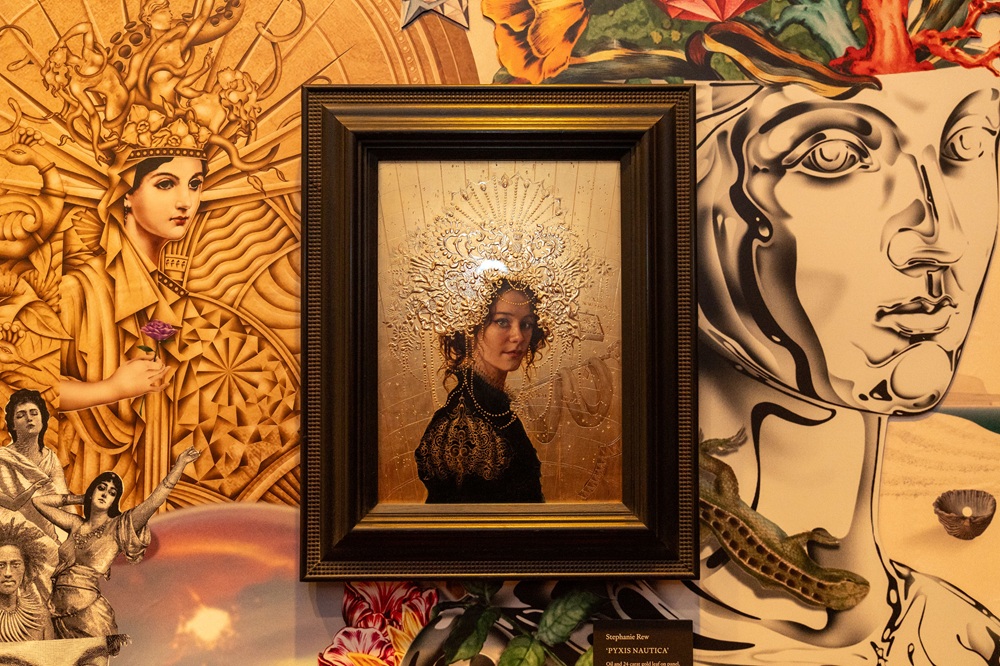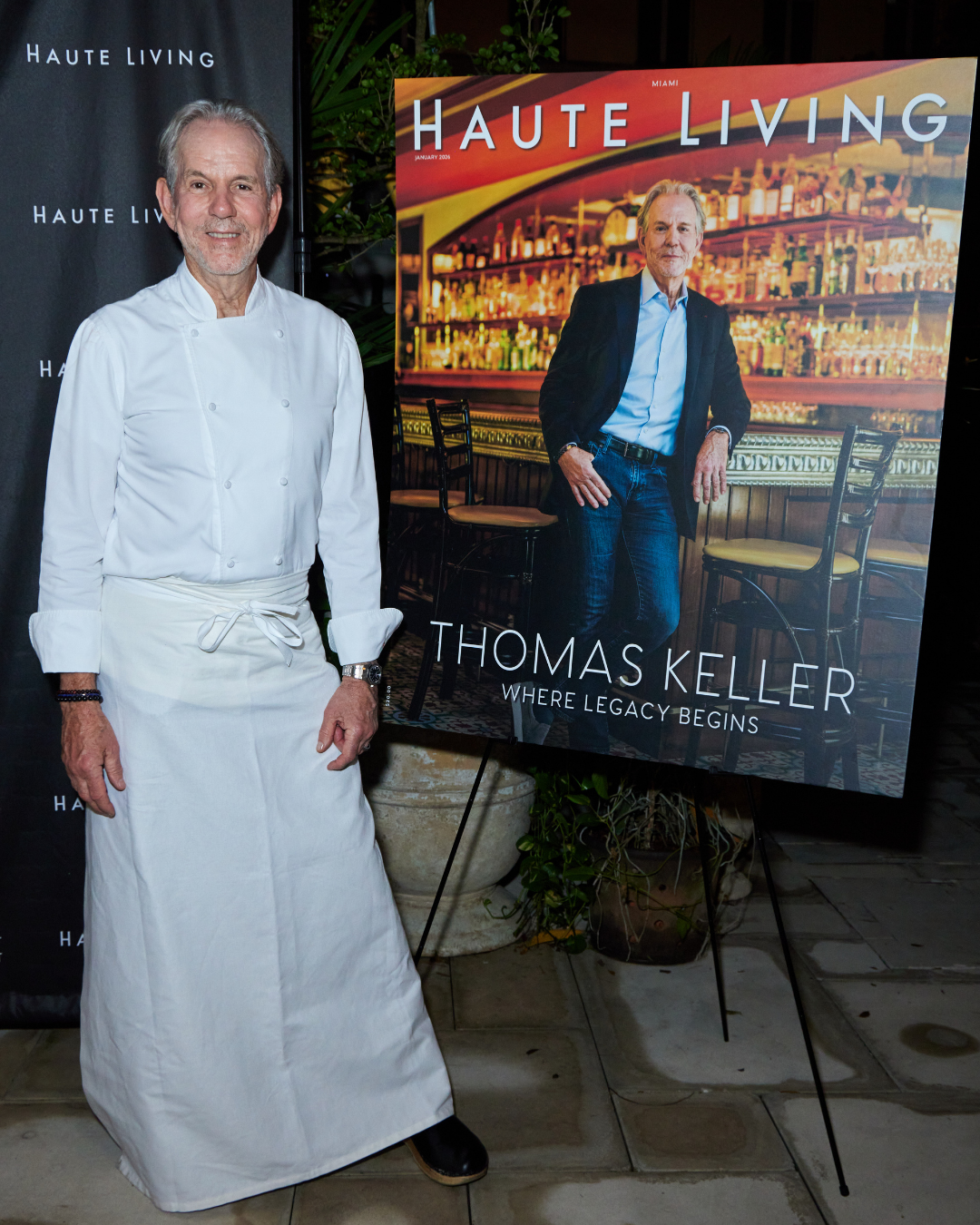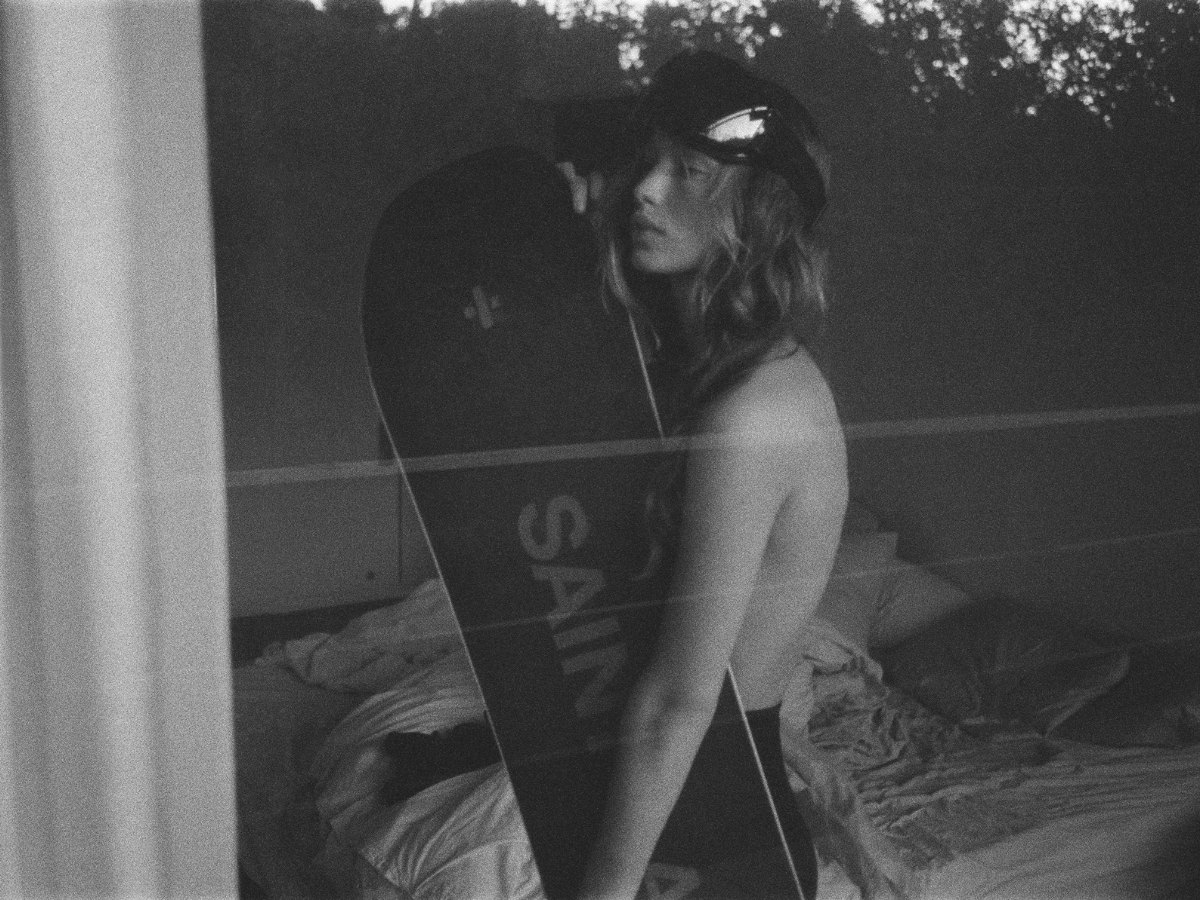Own It!
In the original game plan, Huizenga was going to stay active in the organization for two years before Ross fully took over, but the time frame was sped up. “I had to dive into it and take it on fully, yet I was so busy in my real estate business because it was at the same time that the industry and world were changing. It was challenging, exciting, and I had to move fast.”
Move fast he did, even though he was up against some big opposition. When Ross assumed 50 percent ownership, the Dolphins were coming off a 1-15 season. One year later, the team had turned it around, finishing 11-5, but season ticket sales and fan morale were down. It would take some drastic changes to get fickle South Florida fans back on the Fin bandwagon.
Luckily, Ross is used to rising to the challenge. You don’t build a real estate empire that spans coast to coast by sitting back and waiting for something to happen—you make it happen. With an all-star lineup in place to handle football operations (because the ultimate goal is to return the team to its rightful place as a Super Bowl contender—and victor), Ross focused on what has been his central message: enhancing the fan experience.
A game day at Ross’ stadium is all but guaranteed to be a good time, something that the most fervent football fans from around the globe will get to experience when they descend upon Miami for Super Bowl XLIV. But these atmospheric upgrades were not made with a national audience in mind. Ross is adamantly focused on the local crowd.
“My vision of a sport team is one that solidifies and brings a community together,” he explains. To make that vision a reality, he wanted his ownership base to reflect what he calls “the face of South Florida.” Look around; one thing is overwhelmingly apparent: South Florida is not just white males over the age of 50. South Florida is Hispanic, it’s black, it’s men and women. So that’s whom Ross signed up. “I thought it would be good to bring in minority owners, people that those in the community had always looked up to, people that represented the community.”












